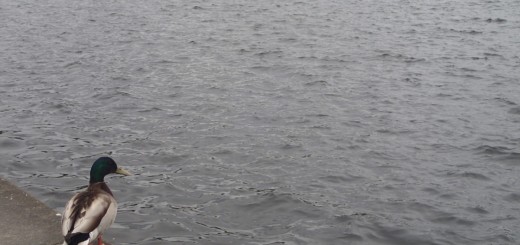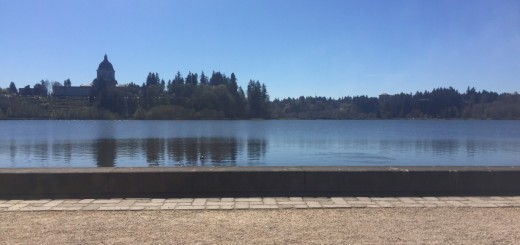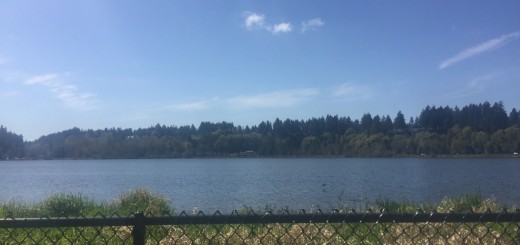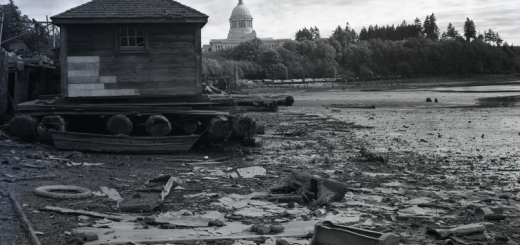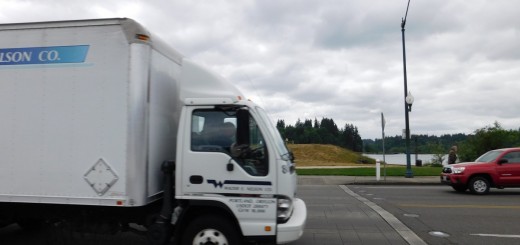History of Capitol Lake
I figured that since Olympia is the state capitol, it would have an interesting history, and while researching I definitely found out some things that I didn’t expect.
The plans for a lake were created in 1937 but due to planning issues and then the outbreak of World War II, it was pushed back until 1951. While Capitol Lake is indeed a beautiful mirror to the Capitol building, it wasn’t part of the original Capitol Campus plans. What was happening in the 1930’s prompted the idea to get rid of the Deschutes estuary and fill in the land.
Like in most places in the U.S. during the 1930’s , many Olympians were unemployed during the Great Depression. Around this time a shantytown nicknamed Little Hollywood started growing on the mudflats of the estuary. Float houses that rested on the mud and rose with the tides housed unemployed people, immigrants, prostitutes, and alcoholics. Raw sewage was dumped into the estuary, which is actually why current opponents of the estuary think that an estuary would smell bad. Other people in Olympia and the government thought that these residents of Little Hollywood were an “eyesore” and “undesirable”, so they began to destroy and remove the houses in the late 30’s, displacing these people. Getting rid of people who were not considered society’s ideal and then filling in the land they used to create a manmade lake for aesthetic purposes is part of the surprising past of Capitol Lake.
The history of the lake makes me uncomfortable. Capitol Lake today is a beautiful area to take a walk, and there are many informational signs along the paths, but none of them mention Little Hollywood. I wonder how many people who visit the lake know the history of it.
While researching this, I found that the Department of Enterprise Services didn’t give me as much information as the Olympia Historical Society did on Little Hollywood.

